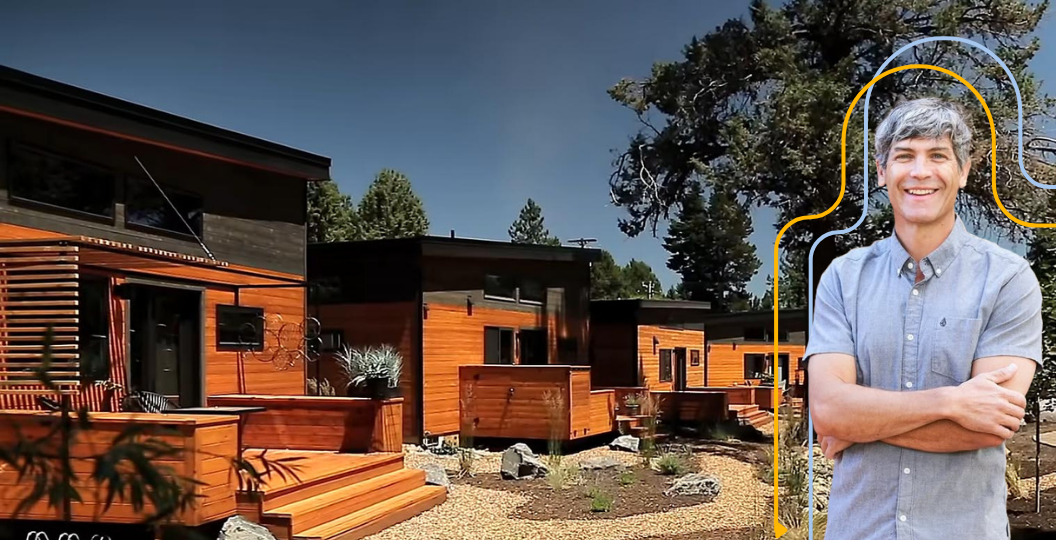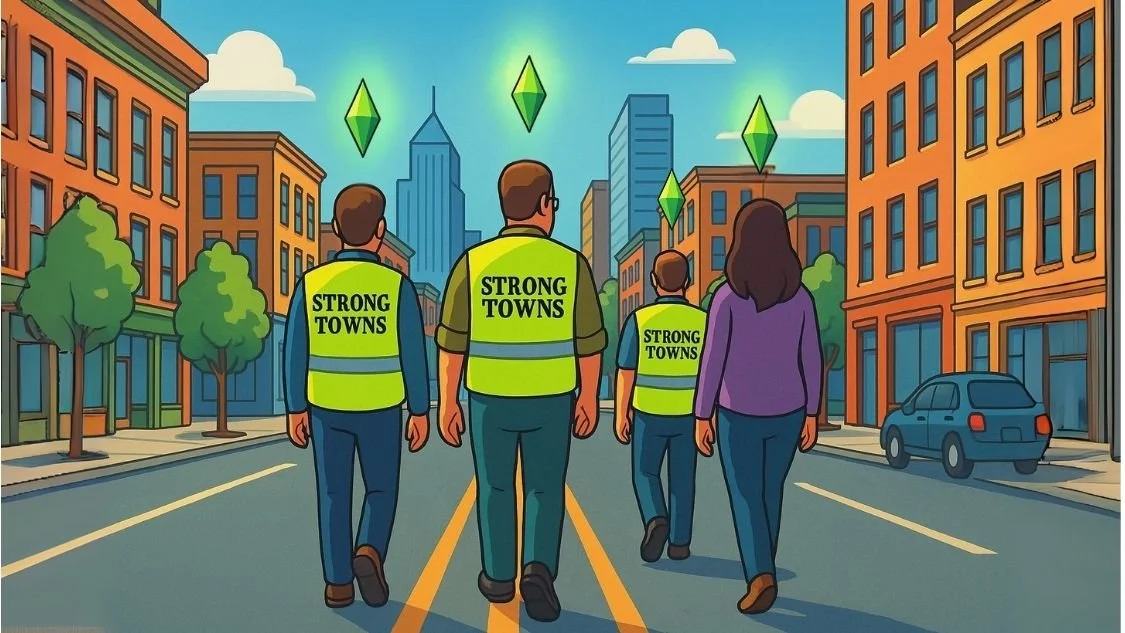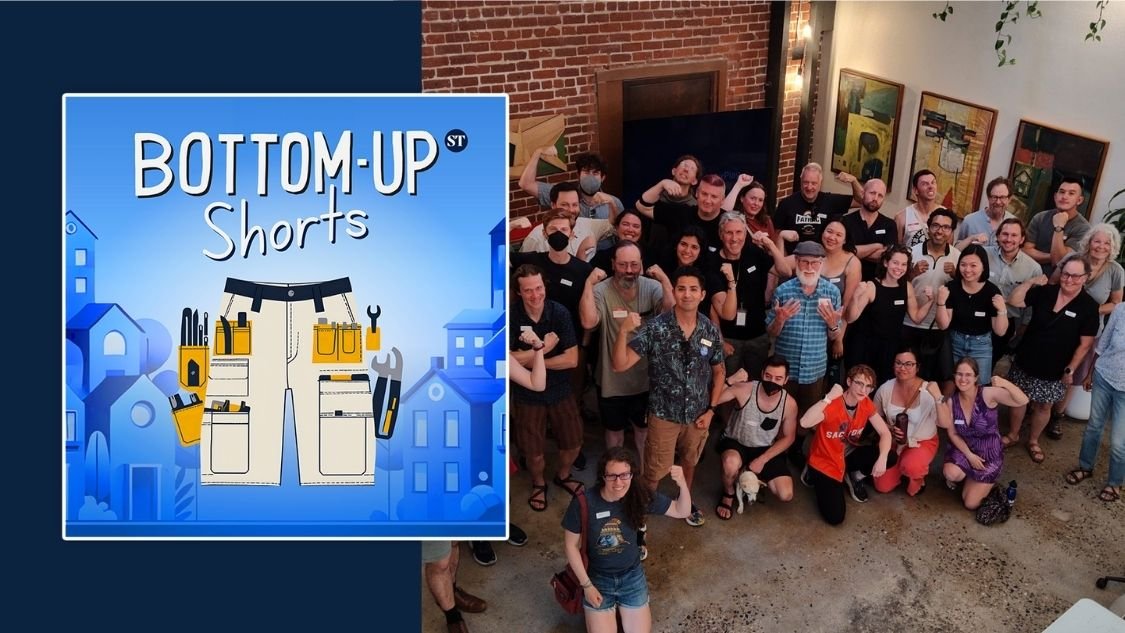Week in Review
In case you missed it....
Brandi Thompson is the co-founder and leader of Strong Towns ABQ, a Local Conversation in New Mexico. She discusses the strategies that have helped her group successfully advocate for zoning reform and against highway expansions.
How do you grow without losing what makes your town special? In Bend, Oregon, Jesse Russell is proving it can start with smaller homes.
What if fixing your city didn’t require a billion-dollar plan—just a neighbor with a shovel and a bold idea? In Bloomington, a high school teacher is quietly leading a local revolution, one small step at a time.
If urban planning is playing SimCity in real life, then the Strong Towns movement isn’t made up of distant players — it's made up of the Sims who live and work in the city every day. And they're taking over the game.
Alyssa Lee and Kay Crumb are leaders of Strong SacTown, one of the largest and most successful groups in the Strong Towns Local Conversations program. Today, they share their advice for building and sustaining a successful group.
Calgary is cutting delays—not corners—to deliver more housing where it’s needed. And your city should be paying attention.
West Virginia’s $1.6 billion Road to Prosperity program was supposed to cover maintenance costs and reignite economic growth. Seven years later, the money’s gone and the situation has gotten worse.
An intersection redesign in Fairbanks, Alaska, proves that road projects are not always improvements—and that DOT priorities are often out of touch with reality.
Bangor, Maine, isn’t holding out for silver bullets. It’s getting to work—clearing the way for more homes in creative, community-minded ways.
Craig Cassar is a first-term city councilor in Hamilton, Ontario. He joins Tiffany to discuss the challenges his city faces and the progress it’s made. They also talk about the importance of synergy between urbanism and environmentalism.
Today, Abby is joined by Bernice Radle, a small-scale developer and historic building preservationist from Buffalo, New York. They discuss how two developing news stories could affect both small-scale developers and historic preservationists.












North Carolina’s I-26 Connector illustrates everything wrong with the way state DOTs operate—especially in an area still recovering from Hurricane Helene. But it also shows how these systems can change.